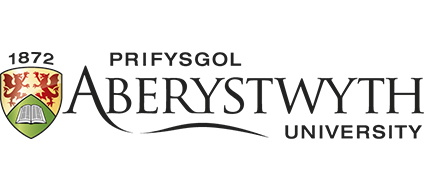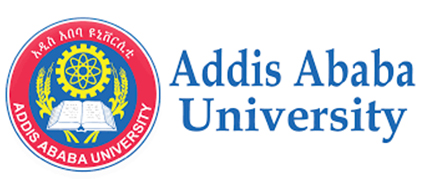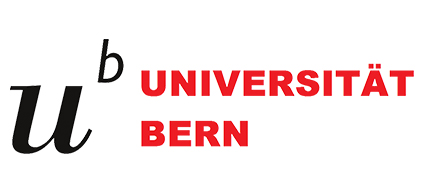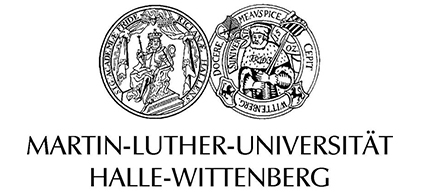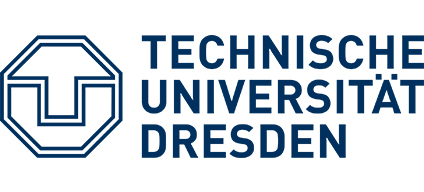Main Content
P4 – Giant mole-rats as synanthropic landscape engineers
PIs: Nina Farwig, Dana Schabo | Tilaya Wube
PHDs: Victoria Reuber, Addisu Asefa
Overview
In the proposed project we aim to upscale the GMR’s role as ecosystem engineer to the landscape scale and determine present and past population dynamics of GMRs in the afro-alpine ecosystem and the upper Ericaceous Belt to resolve the presence of humans in the Bale Mts. To do so, we will link ground data on this ecosystem engineer and on vegetation and environmental data derived from remote sensing and compare current and aDNA data of GMRs and their burrows to reconstruct the landscape history.
Watch this video to get a brief insight into Subproject P4
Achievements
- Participation in the 2011 DFG supported reconnaissance to Bale Mts.
- Pilot data by projects C2/P3: identification of endemic plant species exclusively found on GMR mounds,
first mapping of GMR mound assemblies - Excavation of bones by P1 indicating that Middle Stone Age foragers largely exploited this endemic
food resource
Objectives
- Determination of the role of the GMR as synanthropic landscape engineer through the interrelation between GMRs, environmental variables (humidity, vegetation/paludification) and human impact (livestock grazing,
fire clearing of Erica) - Determination of the population dynamics of the species through the analysis of the current population genetic structure at the landscape scale.
- Quantification of the spatial distribution of the vegetation and combine those data with GMR distribution data to derive the relationship between the two datasets. We will then link the transfer function between the vegetation and the GMRs to remote sensing data to upscale the impact of GMRs as ecosystem engineer to the landscape scale.
- Reconstruction of the landscape history by ….
⦁ Combination of phylogeographic analyses and aDNA analyses and to resolve historical processes responsible for the present distribution of GMRs.
⦁ Dating of excavated material of underground burrows of GMRs to reconstruct the landscape history.


Figure 1 & Figure 2: View at the habitat area on Sanetti Plateau, Ethiopia; Exiting Giant Molerat
Publications
Reuber, V. M., Rey-Iglesia, A., Westbury, M. V., Cabrera, A. A., Farwig, N., Skovrind, M., Radim Šumbera, Tilaye Wube, Lars Opgenoorth, Dana G. Schabo & Lorenzen, E. D. (2021). Complete mitochondrial genome of the giant root-rat (Tachyoryctes macrocephalus). Mitochondrial DNA Part B, 6(8), 2191-2193.
https://www.tandfonline.com/doi/full/10.1080/23802359.2021.1944388
Asefa, A., Reuber V., Miehe G., Wondafrash M., Wraase, L., Wube, T., Farwig, N., Schabo, N.(2022): The activity of a subterranean small mammal alters Afroalpine vegetation patterns and is positively affected by livestock grazing. Basic and applied ecology, 65, 67-76
https://doi.org/10.1016/j.baae.2022.09.001
Wraase, L., Reuber, V.M., Kurth, P., Fekadu, M., Demissew, S., Miehe, G., Opgenoorth, L., Selig, U., Woldu, Z., Zeuss, D., Schabo, D.G., Farwig, N. and Nauss, T. (2022): Remote sensing-supported mapping of the activity of a subterranean landscape engineer across an afro-alpine ecosystem. Remote Sens Ecol Conserv.
https://doi.org/10.1002/rse2.30
